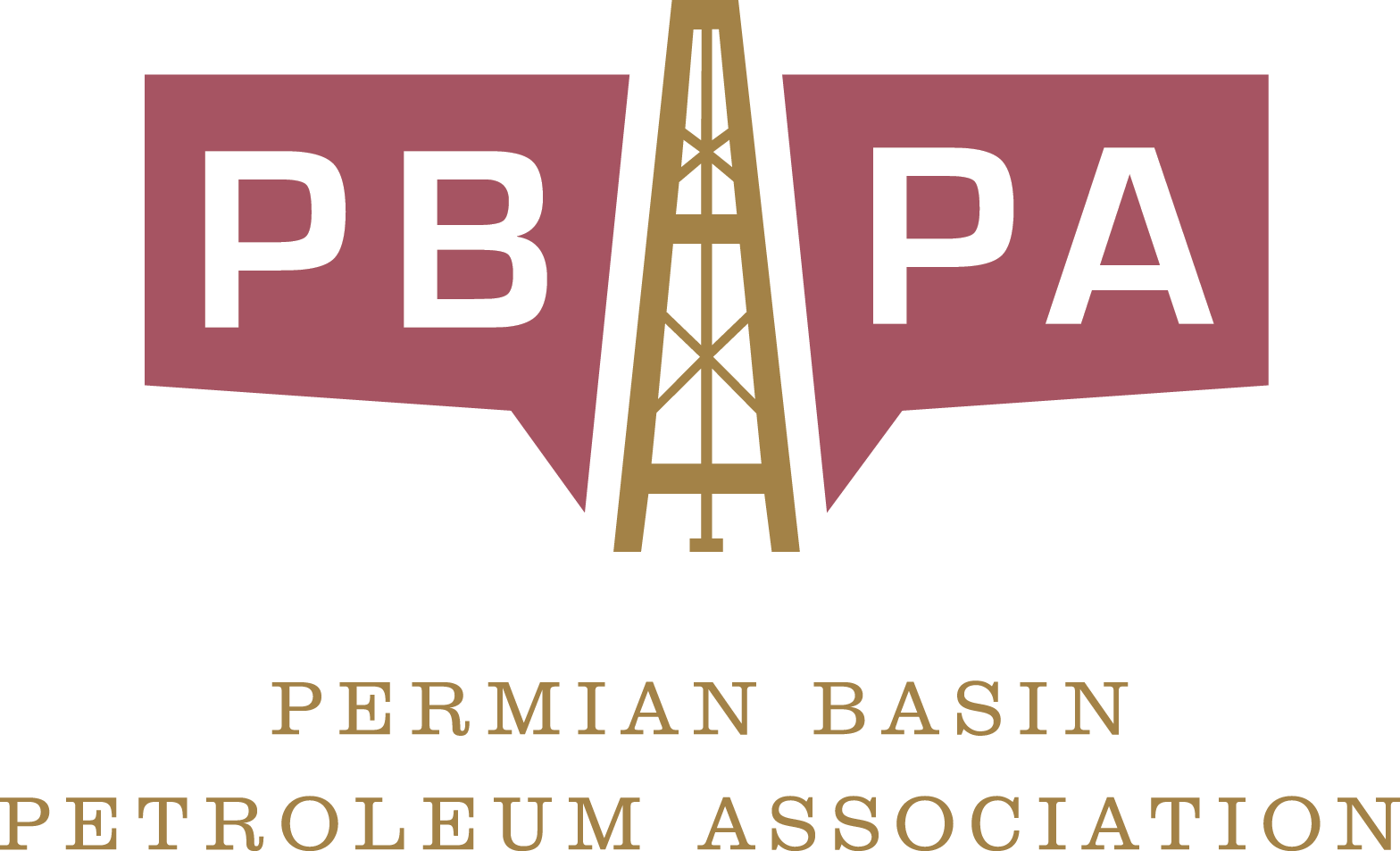Basics of Drilling
What happens before companies drill a well?
Before a company drills a well, geologist and engineers study the size, structure, and thickness of the rock formations to scientifically determine how and where drilling should take place. Operators must obtain information ond the depth and location of freshwater zones from the Texas Commission of Environmental Quality or the New Mexico Oil Conservation District to ensure that protections for the entire zone of freshwater are in place. Operators must file for all necessary state and local permits. Many operators reach out to local neighborhoods to share information about their plans and timelines.
How are wells constructed to protect freshwater supplies?
Each well is encased in multiple layers of protective industrial-grade steel casing, which is surrounded by cement to create a redundant safeguard for underground freshwater supplies.
How long does it take to drill a well?
It takes several weeks to prepare a well site. This time frame includes pad site construction, moving equipment on and off site, well preparation, and actual drilling, casing, cementing, and completion. The rig and the equipment are temporary and are removed when the well is finished. Once completed, the production sites average about 300×600 feet. Completed well sites are often screened or landscaped according to local ordinances.
After construction, a well can produce for 20 to 40 years, providing long-term local jobs and tax revenue.
